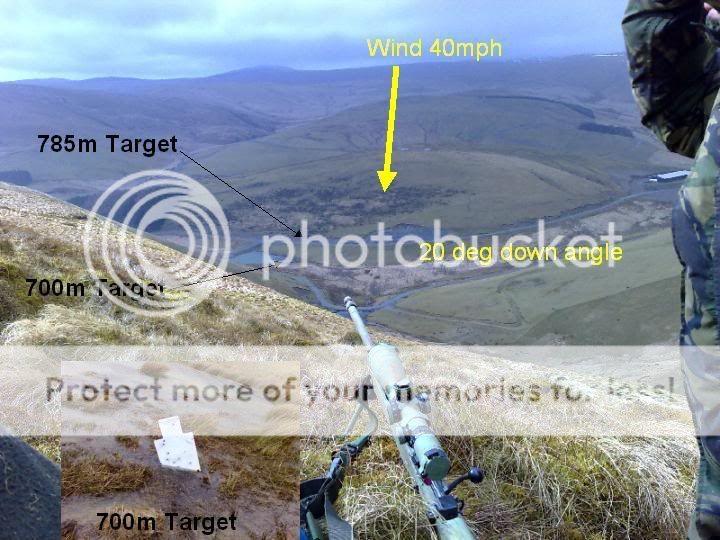Bigcat_hunter
Well-Known Member
- Joined
- Dec 8, 2006
- Messages
- 432
With out a pocket pc which method of calculating cosine is more accurate, multiplying cosine by MOA or sloped yards?
 Help Support Long Range Hunting Forum
Help Support Long Range Hunting Forum
Multiplying the cosine to your MOA or Milliradian hold is more accurate than multiplying the cosine to the sloped distance to target.
This is because you are performing your calculation on a pre-calculated angular method of measurement.
Brown Dog said:The 'base line' [or 'corrected horizontal range' or 'magic physical-law defying range'] method, although used by many is actually the least accurate way of using your cos measurement...because it has absolutely nothing to do with the ballistics of what's going on in inclined fire!
Far more accurate is to multiply the comeup you would have applied for your laser distance by the cos of the angle.
This does reflect what is going on ballistically ...the bullet has the same TOF to a given target regardless of angle of fire...it therefore drops the same amount regardless of angle of fire (it doesn't magically drop less!)
...what changes is your perspective to that drop (and therefore the apparent shape of the trajectory).
Hold a pencil vertically in your hand at arms length (with your arm horizontal); lets say the pencil length represents your bullet drop at 1 arms length.
Now drop your arm to 45deg, but keep the pencil vertical.
The pencil appears shorter, even though it has remained the same length
....ie the drop has remained the same, but less drop is apparent because of your perspective.
How long does it appear to be? multiply it's actual length by the cos of 45deg...just the same as multiplying your laser range comeup by the cos of the angle!
You'll see that Ward at ACI has recently amended his instructions for the ACI to reflect this.
[Thought I should leave that last line in!]
Brown Dog said:Artillerymen receive target locations as grid references.
Grid references alone provide no angle of sight data (ie should the target happen to be on top of a hill or in a valley); and so Gunners are presented immediately with what some riflemen are calling 'true horizontal range'.
But Gunners, if working manually, will use this distance, (plus some trig based on the calculated angle of sight between their location and the target's) to work out the 'slant range' to the target (and then do some other mumbo jumbo too)
....the point being; true long range Jedido (and have done since WW1!) the exact opposite of what the 'corrected horizontal range' riflemen suggest.

mattj:
Multiplying the cosine to your MOA or Milliradian hold is more accurate than multiplying the cosine to the sloped distance to target.
the bullet has the same TOF to a given target regardless of angle of fire...it therefore drops the same amount regardless of angle of fire (it doesn't magically drop less!)
Brown Dog are you sure this is correct or am I misunderstanding what you are saying? If you shoot at a target that is at a 90 degree angle up or down then theoretically you don't have any drop from the line of sight do you?
David
The only method that is 100% accurate is to run the angle through Exball, IHMO